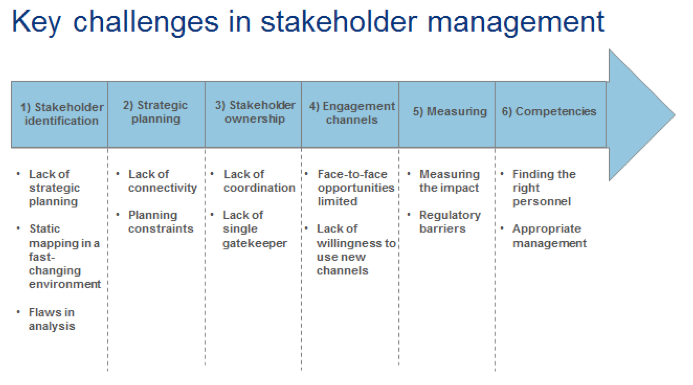Stakeholder and KOL Management: Taking the pulse
Payers, policy makers, patient associations, regional authorities, integrated providers, regulatory bodies. These, as well as all the medical opinion leaders who influence them, are just some of the increasingly long list of stakeholders who contribute to shaping care in any given therapeutic area.
Developing and maintaining relationships across these groups will continue to be a source of competitive advantage for the industry. While the processes, capabilities and systems to manage scientific experts have mostly matured across the industry, the same cannot be said for the other groups.

Lack of cross-functional collaboration, inertia in adopting new technologies and limited management attention are just some of the root causes underlying the slow pace of improvement. Yet therein lies the opportunity to create a more systematic and consolidated approach towards stakeholder management along the product lifecycle.
Methodology
Leveraging its expertise in the area of KOL and stakeholder management, Executive Insight undertook a qualitative study, consisting of 15 in-depth interviews with European / US professionals in leading pharmaceutical companies responsible for, or engaged in, stakeholder management.
The insights from the interviews can be broadly divided into six key areas:
- Stakeholder identification
- Strategic planning
- Stakeholder ownership
- Engagement channels
- Measuring impact
- Enabling competencies
The aim of the research was to identify the key challenges in stakeholder management, and potential solutions to optimal interaction and management of stakeholders. The research uncovered key organisational capabilities, skills and processes which could be applied as best practice, key trends shaping the future of stakeholder management, and insights into how to improve processes and outcomes to enhance competitive positioning. The following document is a high-level summary of the findings.
Definition
The term ‘Stakeholder management’ is used a lot in the pharma industry, but what exactly does it mean in the context of this report?







